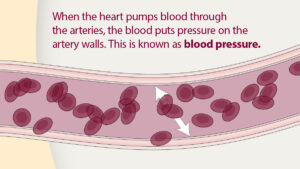- Preparation and handling of chemotherapy agents
- May pose an occupational hazard
- Drugs may be absorbed through
- Skin
- Inhalation during preparation, transportation, and administration
- Only properly trained personnel should handle cancer drugs
- Chemotherapy methods of administration
- Oral
- More available options today
- Storage and side effects
- IM – Intramuscular
- IV – Intravenous (most common)
- Central venous access device (CVAD)
- CVAD administration
- Placement in large blood vessels
- Frequent, continuous, or intermittent administration
- Can be used to administer other fluids (blood, electrolytes, etc.)
- Oral
- Regional administration
- Delivery of drug directly into
tumor site - Higher concentrations of drug can be delivered with less systemic toxicity
- Types of regional delivery methods
- Intraarterial
- Delivers drug through arteries supplying tumor
- Intraperitoneal
- Delivers drug to peritoneal cavity for treatment of peritoneal metastases
- Intrathecal or intraventricular
- Involves lumbar puncture and injection of chemotherapy into subarachnoid space
- Intravesical bladder
- Agent added to bladder by urinary catheter and retained for 1 to 3 hours
- Intraarterial
- Delivery of drug directly into
- Effects on normal tissue
- General and drug-specific adverse effects are classified
- Acute
- Delayed
- Chronic
- General and drug-specific adverse effects are classified
- Radiation therapy
- One of the oldest nonsurgical methods of cancer treatment
- 50% of all cancer patients will receive radiation therapy at some point in their treatment
- Radiation is emission of energy from a source and travels through space or some material
- Different types of ionizing radiation are used to treat cancer
- Technologic advances
- Low-energy beams
- Expend energy quickly
- Penetrate a short distance
- Useful for skin lesions
- High-energy beams
- Greater depth of penetration
- Suitable for optimal dosing of internal targets while sparing skin
- Low-energy beams
- Total doses divided into fractions
- Typically delivered once a day for 5 days a week for 2 to 8 weeks
- Standard fractionation

Shoulder Dislocations Overview
Rachel Abrams; Halleh Akbarnia. Author Information and Affiliations Last Update: August 8, 2023. Go to: Continuing Education Activity Shoulder dislocations represent 50 percent of all



